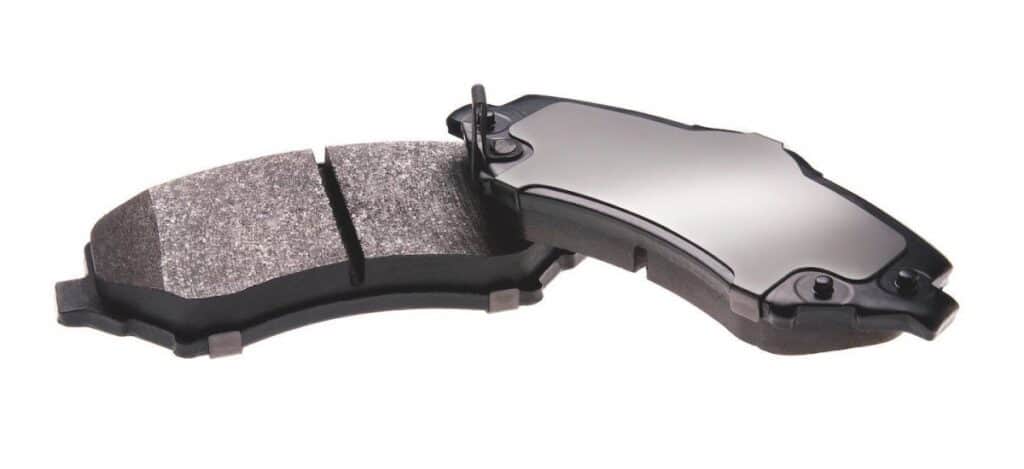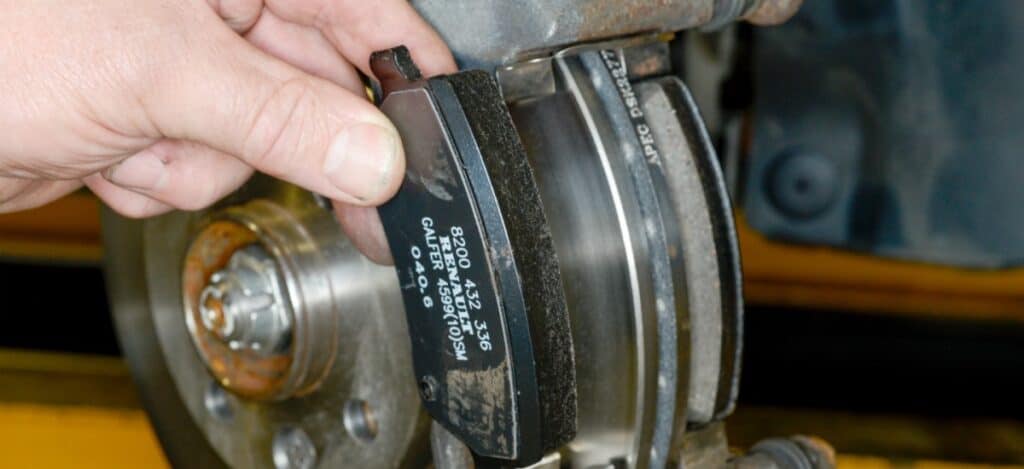Before Rotor Damage
Knowing when to change your brake pads – and changing them – could make a huge difference to your stopping power and overall car safety. Your car slows down when you apply the brakes. For this process to occur as it should, the rotors and brake pads need to work together, and this involves effective distribution of the heat generated following frictional contact between the two parts. Because friction causes wear, your brake pads will need to be replaced after an extended period of use.
The recommendation is to change the brake pads if they are worn to ¼ of the original. If this service is neglected, you risk exposing the metal clamps on the brake pad to direct rotor contact, thus causing significant damage to the latter. Also, the more worn brake pads are left unchanged, the poorer frictional heat is dispersed. This will eventually lead to overheating and could render your braking system dysfunctional.
Resurfacing warped rotors is an avoidable expense, costing well over $200. Worn brake pads can be replaced at a fraction of this cost, so having your mechanic install new ones is what you want.

Before Damaging Brake Calipers
If you fail to replace worn or damaged brake pads, the brake calipers will not be spared of abuse. The brake calipers are metal plates that ensure the brake pads properly press against your rotors. Severely worn brake pads expose calipers to faster wear due to metal to metal contact with the rotors. Replacing damaged calipers can cost up to half a thousand dollars, or more for luxury car owners. Brake calipers play an important role in your car’s braking system and should be prioritized as such. This starts with monitoring your braking power and replacing brake pads when they are damaged or worn.
Tire damage
Your wheels respond to braking action and respond appropriately. Worn brakes increase the stress on not just braking components but also your tires. What follows is faster tire wear and decreased traction, and eventually the need to replace the wheels earlier than their lifespan. When the brakes are faulty, your tires might also align poorly and thus cause unsteady movement. Replacing worn brakes as soon as they are detected can save your car from further damage and expensive repairs.
Suspension System Damage
Cars are equipped with a suspension system that serves to minimize the impact of road imperfections. A good suspension system makes your ride more stable even on bumpy roads. Faulty brakes could put you at the risk of misaligning your suspension system, causing your car to jerk forward when you apply the brakes. If your car produces strange sounds and vibrates at the slightest bump, you might have a damaged suspension system. This is why it’s important to have the brakes replaced early on when they are bad. If you suspect any problems in the suspension system, check to ensure your braking system is in good condition or have a mechanic inspect your car promptly to prevent costly damage to other car parts.

Driving A Car with Warped Brake Rotors
There are many reasons not to drive your car if the brake rotors are warped. First, increased pressure could cause the rotors to brake, in which case you risk losing braking power if you continue to drive. Because warped rotors increase the pressure on your suspension system, the steering wheels are also affected and become more difficult to control.
Never ignore signs of a faulty brake system. Early inspection and repair will minimize your risk of brake failure. Pull up to the nearest car repair shop or call your mechanic to inspect your car if the brakes perform poorly or take longer to slow your car. Whether it’s your rotors or any other component of the braking system, our dedicated team of experts are always ready to help. Call us today for a swift and cost-effective brake repair service.
